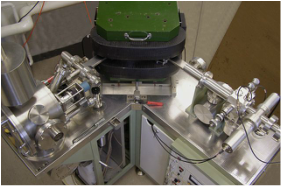Caption
populations, mobility & health
Who were the people of Northumberland?
What do skeletal remains reveal about the social composition of cemeteries through time?
Where did people come from and go to?
What particular social groups were buried in the cemeteries?
What can we see in terms of life-ways, diet and living environment?
Is there a correlation between 'biological status' (age, sex, stature, stress, diet) and 'social status'?
What did increasing social hierarchies mean for individual health?
How do results from the skeletal analysis compare with written accounts or with evidence from artefacts?
We will try answer these questions through an in dept assessment of skeletal data from more than twelve cemeteries.
What do skeletal remains reveal about the social composition of cemeteries through time?
Where did people come from and go to?
What particular social groups were buried in the cemeteries?
What can we see in terms of life-ways, diet and living environment?
Is there a correlation between 'biological status' (age, sex, stature, stress, diet) and 'social status'?
What did increasing social hierarchies mean for individual health?
How do results from the skeletal analysis compare with written accounts or with evidence from artefacts?
We will try answer these questions through an in dept assessment of skeletal data from more than twelve cemeteries.
The skeletonsAround 240 burials from 12 cemeteries will be analysed, representing over 25% of the surving remains
|
the scienceA suite of techniques including isotopic analysis and AMS dating will be used to examine the bones and teeth of the skeletal remains
|
the statsBayesian statistics will be used to test the chronological framwork for early Anglo-Saxon England
|



